Picture of the insect catching process of Venus flytrap
Last Update :2024.11.10
Article Catalog
The habits of carnivorous plants can be roughly divided into four steps: attracting insects, capturing insects, using digestive juices to decompose and absorb them, and using absorbed nutrients to maintain growth. Of course, some plants cannot secrete digestive juices and can only be decomposed by various microorganisms. The Venus flytrap, a carnivorous plant with a fairly complete process, is at a higher level among the same species.
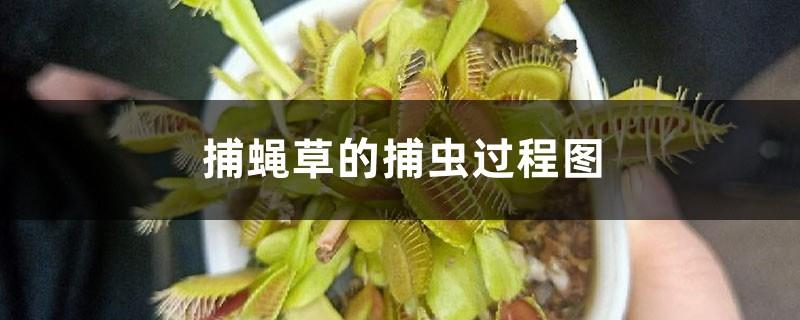
Secretes nectaries to attract insects
The leaf margins of Venus flytraps contain nectaries, which secrete honey to attract insects. When an insect enters the leaf surface and touches the sensing organ twice in succession, the two leaves of the Venus flytrap will quickly close.
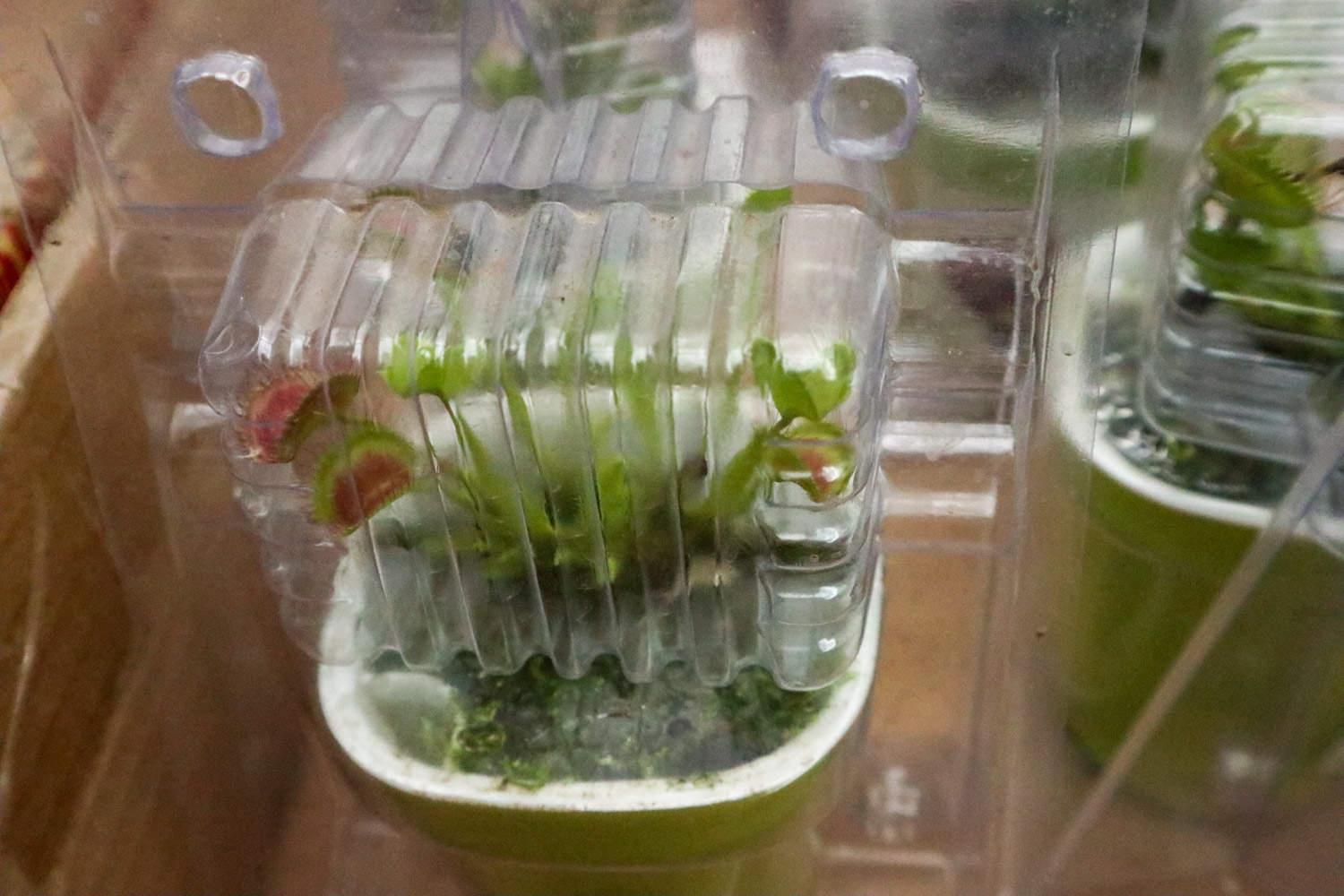
Deliver Signal
The insect-catching message is not directly provided by the sensory hairs, but the base of the sensory hairs contains a group of sensory cells. When an insect stimulates a sensory cell, the sensory cell will emit a weak current to notify the corresponding leaf.
Before being stimulated, the insect trap is open at an angle of 60, and when stimulated, it quickly closes with its leaf vein as the axis.
Closing of the insect trap
The sensory hairs of the Venus flytrap are touched twice within 20~30 seconds The insect trap will close quickly. If it exceeds this time, it will require a third stimulation to close. The insect trap requires two stimulations to confirm that the insect has moved to the appropriate position, rather than just catching part of the insect to give the insect a chance to escape.
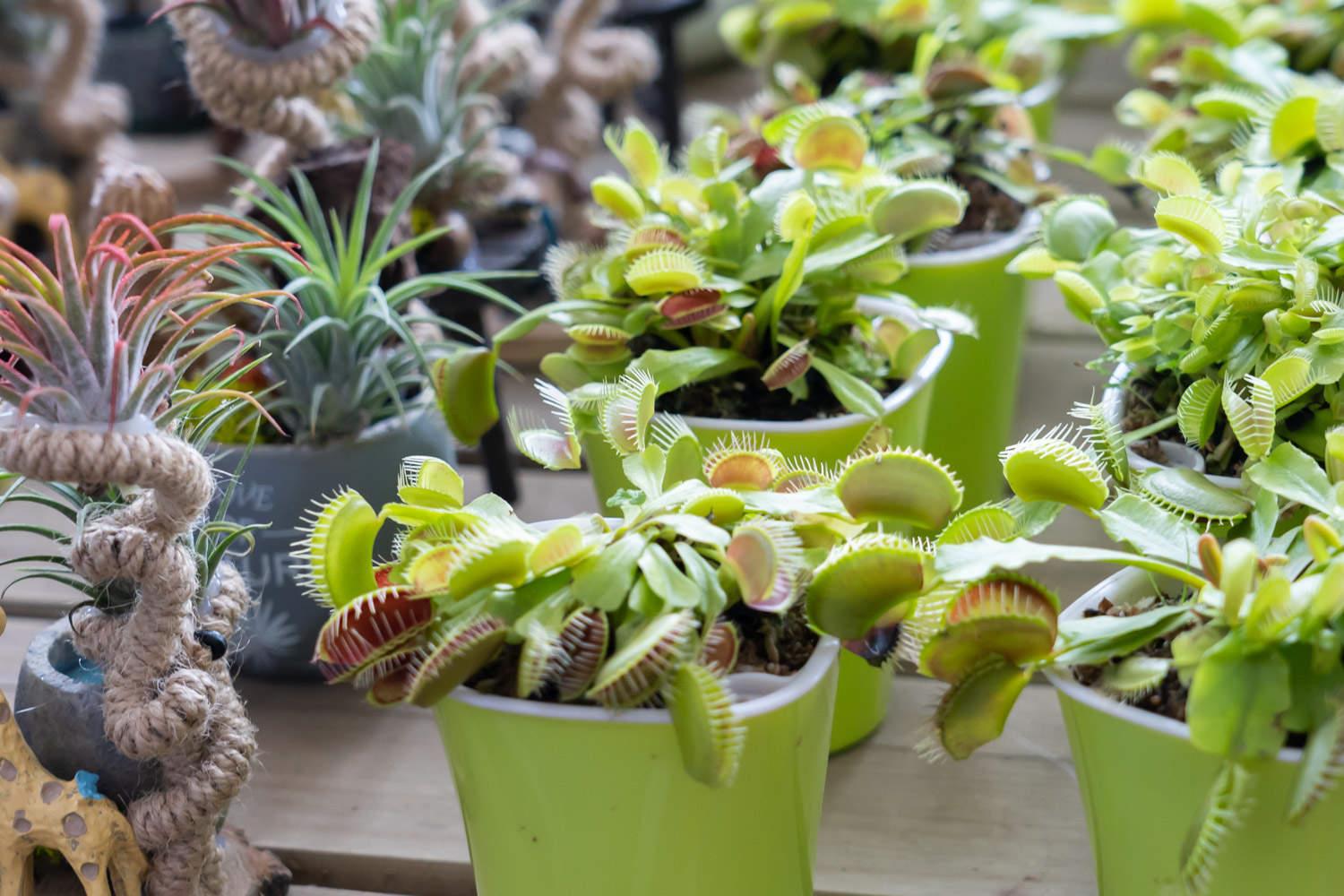
Insect catching speed
When the sensory hairs of the Venus flytrap are stimulated twice in succession, the leaves will immediately close within about 0.5 seconds on average. Of course some artificial gardening varieties cannot achieve this speed.
Digestion and absorption
After catching the bug, the clip will be closed for several days to more than ten days. At this time, the insects are digested by digestive juices secreted by glands distributed on the insect trap. When the insect is digested, the insect trap opens again to wait for the next prey. Insect shells that cannot be digested are carried away by wind and rain. The second stage of digestion requires the struggle of insects to proceed. In this way, the insects captured by the walking insect trap are indeed live insects. (Even plants are so intelligent now)
- END -
Can I repot flowers in winter?
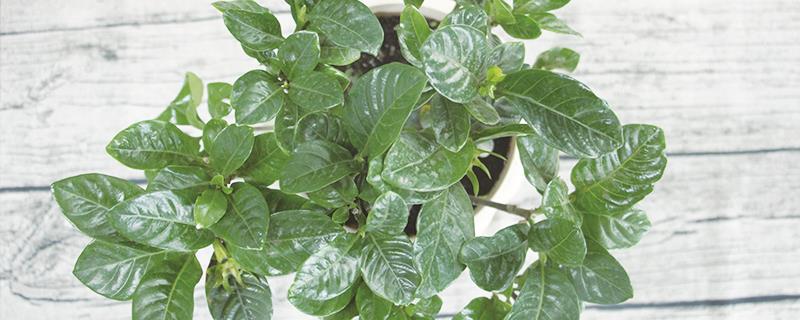
The weather in winter is very cold. If it is not very necessary, it is best not to...
Does the pocket coconut bloom?
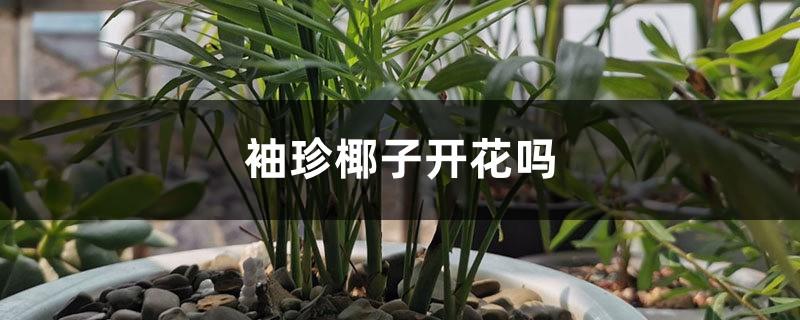
Pocket coconuts can bloom. However, its flowering has relatively high environmenta...